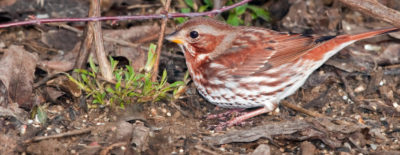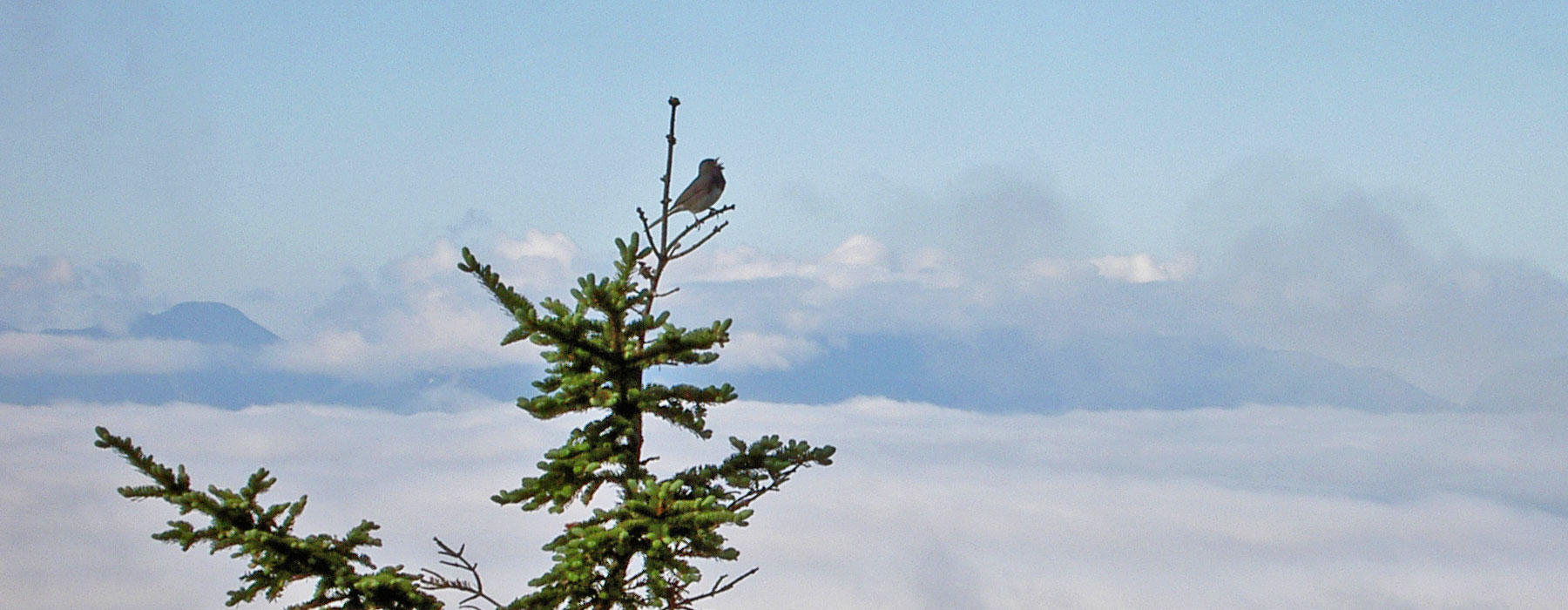Mountains are a rugged and ancient feature of the northeastern landscape, yet mountain ecosystems are among the most sensitive indicators of environmental change. High-elevation habitats are often more susceptible than lowlands to the effects of climate change, atmospheric pollution, and adverse land use practices. Since they are simultaneously durable and fragile, mountains constitute a symbol of our strength and a gauge of our vulnerability.
The small size and isolation of mountaintops impose constraints on birds as well as biologists. VCE has long overcome the practical difficulties of high-elevation bird research with the help of collaborators, volunteers, and our own determination to unravel the mysteries of these amazing birds. Recently, we completed the State of the Mountain Birds report using community scientist data from Mountain Birdwatch to understand how these species are faring across the northeastern U.S.
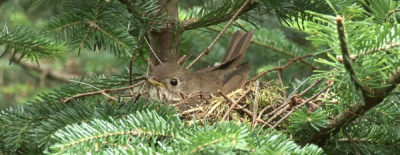
Bicknell's Thrush
Bicknell’s Thrush is among the landbird species of highest conservation concern in North America. Its a rare and geographically restricted habitat specialist of balsam fir-dominated forests in the northeastern U.S. and southeastern Canada. Learn more »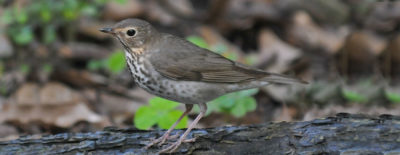
Swainson's Thrush
A close relative of Bicknell's Thrush, they can often be heard singing together at dawn during the breeding season in the mountain forests. They winter from Panama to as far south as Bolivia. Learn more »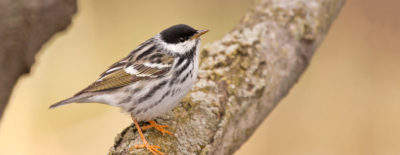
Blackpoll Warbler
In the breeding season the faint song of Blackpoll Warbler can be heard throughout montane and boreal evergreen forests. Each fall, they gather on the North Atlantic coast before making a non-stop flight to islands in the Caribbean and then on to winter grounds in South America. Our work has shown that they may fly 40 to 70 hours non-stop over the open waters of the Atlantic Ocean on migration. Learn more »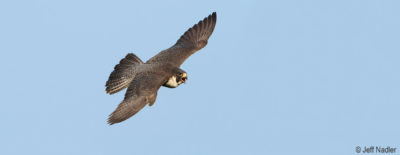
Peregrine Falcon
Peregrine Falcons, the speed demons of the skies, were nearly wiped out 50 years ago due to eggshell thinning caused by exposure to the pesticide DDT; its recovery ranks among the great success stories of conservation biology and endangered species management. Learn more »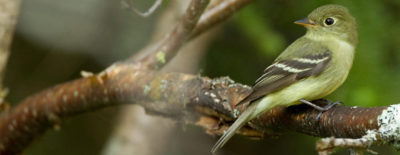
Yellow-bellied Flycatcher
This elusive denizen of muskeg and boggy boreal forests spends a few short months in our region before retiring to its winter home in Mexico or Central America. Its reclusive nature and preference for thick, damp forests makes it difficult to study. As a consequence, we still know very little about the habitats of the Yellow-bellied Flycatcher. Learn more »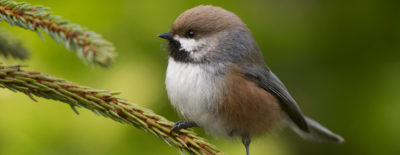
Boreal Chickadee
Boreal Chickadees are one of the few songbirds that reside year-round in the boreal forest. Many elements of their natural history - storing food, for example - reflect the attributes needed to survive in this harsh environment. Learn more »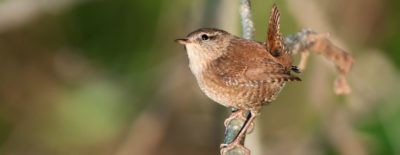
Winter Wren
Winter Wren is an unusual wren: its breeding range extends further north than any other North American wren - small numbers of individuals nest regularly in the Yukon and the Northwest Territories - and, unlike most of its relatives, it lives in mature, structurally complex forests. Learn more »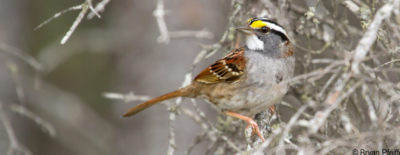
White-throated Sparrow
With a song familiar to anyone who has spent time in the north woods during summer, White-throated Sparrow is also a common winter visitor at bird feeders from Florida to southern New England. Presenting in two distinct color forms, one with a tan-striped head and the other crowned in white and black, White-throated Sparrows have long fascinated evolutionary biologists and natural historians alike. Learn more »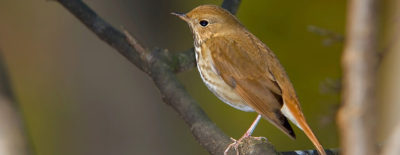
Hermit Thrush
With a song that provides the soundtrack to summer evenings across the north country, the Hermit Thrush is familiar - at least by ear - to many. Hermit Thrushes also stick closer to home than their close relatives; rather than undertake long migrations, most spend the winter in the southern United States. Learn more »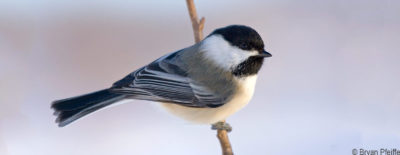
Black-capped Chickadee
Although uncommon in the montane forests of the northeastern United States, encounters with Black-capped Chickadees during Mountain Birdwatch have steadily increased since 2011. Learn more »